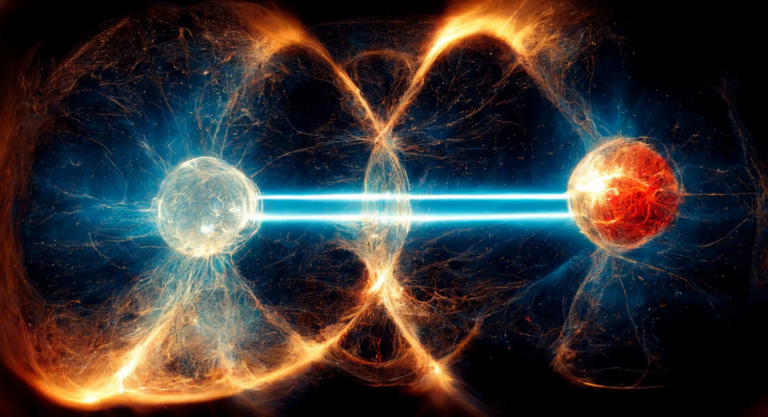Fibonacci Sequence Laser Pulses Uncover New Phase of Matter in Quantum Computers
New Quantum Computing Breakthrough Uses Fibonacci Laser Pulses to Extend Qubit Stability by 4 Seconds
Physicists have discovered a new phase of matter in quantum computers by using laser pulses patterned after the Fibonacci sequence. This technique boosts qubit stability from 1.5 seconds to 5.5 seconds. The quasi-periodic nature of the Fibonacci sequence, similar to that of a quasicrystal, minimizes errors and maintains quantum coherence.
This breakthrough has the potential to revolutionize quantum computing by improving qubit reliability, which is crucial for performing complex calculations efficiently. Share your thoughts on this exciting advancement in the comments!
Future of Computing
Physicists directed a sequence of laser pulses modeled after the Fibonacci sequence at a quantum computer and, as a result, discovered a new phase of matter, according to a study published in Nature.
They propose that this newly discovered phase of matter is exceptionally effective at preserving information, surpassing the current methods in use.
This breakthrough could significantly enhance the reliability of quantum computers, as maintaining qubits in their quantum states is currently a very delicate process.
Qubit Quandary
In quantum computing, information is not represented in a normal binary system using one and zero but is represented in a ‘quantum bit’, or qubit. The unusual property of a qubit is that it can be one and zero at the same time; that will help quantum computers to solve some problems much faster than classical computers, for which more time is taken to solve such problems.
But for the present, quantum computers are not fast and practical consistently, and these situations are observable in processes that are not yet feasible to be executed daily. One imaginative is that qubits can work well only in an environment in which the variation of parameters can have disastrous effects; for instance, a small change of temperature.
In an experiment, a ‘regular’ qubit at each end of a lineup of ten atoms remained in its quantum state for 1. 5 seconds. However, when these atoms underwent the laser pulse sequence that in turn takes on the Fibonacci sequence, each number of which as a sum of the two previous numbers, the qubits maintained their states for an excellent 5. 5 seconds.
The physicists are convinced this effect has to do with a new interaction with time.
“What we have found is that if you use quasi periodic sequences derived from the Fibonacci numbers the system acts as if there are two different directions of time,” said Philip Dumistrescu the lead author of the paper who works at the Flatiron Institute’s Center for Computational Quantum Physics as a research fellow and was quoted in Gizmodo.
Erasing Errors
But why use Fibonacci numbers? Essentially, when laser pulses are applied following the Fibonacci sequence, they behave like a quasicrystal, the physicists explain, a type of matter structure that follows a pattern but does not repeat periodically.
In other words, it is orderly but not repetitive.
“With this quasi-periodic sequence, there’s a complicated evolution that cancels out all the errors that live on the edge,” Dumistrescu elaborated in a press release. “Because of that, the edge stays quantum-mechanically coherent much, much longer than you’d expect.”
Do not forget to share your opinion with us to provide you with the best posts !




0 Comments